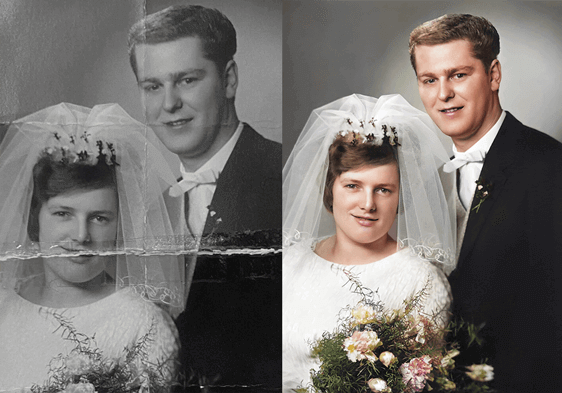Peru is a country rich in history and culture, and its last names reflect its diverse heritage. In this article, we will provide a comprehensive list of Peruvian last names and explore their origins, meanings, and social significance. From indigenous names to Spanish influences and beyond, let’s dive into the fascinating world of Peruvian last names.
Understanding the Origins of Peruvian Last Names
Peruvian last names have a diverse and complex history, shaped by the country’s indigenous, Spanish, African, and Asian roots. Understanding the origins of Peruvian last names is not only a fascinating journey through the country’s cultural history but also a way to appreciate the unique identity of its people.
Indigenous Peruvian Last Names
Many Peruvian last names are derived from indigenous languages, reflecting the rich cultural heritage of the country’s pre-Hispanic civilizations. These names often refer to geographical features, animals, plants, or elements of nature. For example, the last name “Cahuana” means “high place” in Quechua, the language of the Inca Empire. This name reflects the importance of the Andean mountains in the lives of the indigenous people of Peru. Other common indigenous last names include Mamani, Quispe, and Choque, among others.
Indigenous last names also reflect the deep spiritual connection that the indigenous people of Peru have with nature. For instance, the last name “Condor” is derived from the Andean bird that was considered sacred by the Incas. The last name “Pacheco” means “son of the earth” in Quechua, reflecting the belief that humans are connected to the land and must take care of it.
Spanish Influence on Peruvian Last Names
The arrival of the Spanish conquistadors in the 16th century brought a new wave of last names to Peru. The Spanish practice of using two surnames, one from the father and one from the mother, became the norm in Peru as well. Many of these last names were derived from place names, occupations, or personal characteristics of the original bearer. For instance, the last name “Lopez” means “son of Lope,” while “Garcia” means “bear,” and “Hidalgo” means “noble.” Spanish last names are among the most common in Peru and include names like Rodriguez, Garcia, Perez, and Sanchez.
The influence of the Spanish language on Peruvian last names is also evident in the way that some indigenous last names were transformed into Spanish. For example, the last name “Huaman” became “Guzman,” and “Huayta” became “Gaitan.” The Spanish language also contributed to the creation of new last names, such as “Espinoza,” which means “thorny bush,” and “Carranza,” which means “new house.”
African and Asian Contributions to Peruvian Last Names
Peruvian last names also reflect the country’s African and Asian contributions, stemming from the arrival of slaves and immigrants from these regions. Last names derived from African roots often refer to animals or botanical elements, reflecting the close connection between African culture and nature. For instance, the last name “Puma” means “lion” in some African languages. Other African last names in Peru include “Quispe,” “Mamani,” and “Chambi.”
Asian last names in Peru often come from Chinese immigrants who arrived in the country during the 20th century. These names may include words such as “Chan” or “Chu,” which reflect their Chinese roots. Other Asian last names in Peru include “Mori,” “Kato,” and “Sato,” which are of Japanese origin. The contribution of Asian immigrants to Peruvian last names is a testament to the country’s openness to diversity and its ability to embrace different cultures.
Overall, the diversity and complexity of Peruvian last names reflect the country’s rich cultural heritage and its history of migration and intercultural exchange. Understanding the origins of Peruvian last names is not only a way to appreciate the unique identity of its people but also a way to celebrate the beauty of diversity.
Common Peruvian Last Names and Their Meanings
Peru is a country with a rich history and diverse culture. The country’s last names reflect this diversity, with thousands of different surnames in use. However, some last names are more common than others. Let’s take a closer look at the top 10 most common Peruvian last names and their meanings:
- Gonzales – derived from the given name Gonzalo. This last name is common throughout the Spanish-speaking world and is often associated with the famous Spanish conqueror Gonzalo Pizarro.
- Ramirez – derived from the Germanic name “Rammari,” meaning “famous protector.” This last name is believed to have been brought to Spain by the Visigoths and later spread to Peru and other Spanish-speaking countries.
- Rodriguez – derived from the given name Rodrigo. This last name is one of the most common in the Spanish-speaking world and is often associated with the famous writer and poet Miguel de Cervantes, whose full name was Miguel de Cervantes Saavedra.
- Garcia – derived from the Basque word “gartzea,” meaning “young.” This last name is common among people of Basque descent and is often associated with the famous Spanish painter Francisco de Goya, whose full name was Francisco José de Goya y Lucientes.
- Flores – derived from the Spanish word “flor,” meaning “flower.” This last name is often associated with the famous Peruvian poet José Santos Chocano, whose full name was José Santos Chocano Flores.
- Torres – derived from the Latin word “turris,” meaning “tower.” This last name is common throughout the Spanish-speaking world and is often associated with the famous Spanish singer Julio Iglesias, whose full name was Julio José Iglesias de la Cueva.
- Lopez – derived from the given name Lope. This last name is one of the most common in the Spanish-speaking world and is often associated with the famous Spanish writer Lope de Vega, whose full name was Félix Lope de Vega y Carpio.
- Vargas – derived from the Basque word “bargas,” meaning “ford.” This last name is common among people of Basque descent and is often associated with the famous Peruvian singer Yma Sumac, whose full name was Zoila Augusta Emperatriz Chávarri del Castillo.
- Perez – derived from the given name Pedro. This last name is one of the most common in the Spanish-speaking world and is often associated with the famous Spanish artist Pablo Picasso, whose full name was Pablo Diego José Francisco de Paula Juan Nepomuceno María de los Remedios Cipriano de la Santísima Trinidad Ruiz y Picasso.
- Diaz – derived from the Spanish word “diente,” meaning “tooth.” This last name is common throughout the Spanish-speaking world and is often associated with the famous Spanish writer and philosopher Miguel de Unamuno, whose full name was Miguel de Unamuno y Jugo.
These names are familiar to most Peruvians and can be found all over the country. They reflect the country’s history and cultural diversity, as well as its connections to Spain and other parts of the world.
Unique Peruvian Last Names with Cultural Significance
While many Peruvian last names have Spanish or indigenous roots, there are also unique names that reflect the country’s cultural diversity and history. These names often have a story behind them and reflect the personal or family history of their bearers.
For instance, the last name “Pacheco” is derived from the Quechua word “pacha,” meaning “earth,” and reflects the deep connection of its bearers to the land. The Pacheco family is one of the oldest and most respected in Peru, with a long history of farming and land ownership.
The last name “Inga” comes from the Quechua word “inka,” meaning “ruler” or “emperor,” and is often associated with the indigenous nobility of the Inca Empire. The Inga family is one of the most prominent in Peru, with many members who have played important roles in politics, business, and the arts.
Other unique last names include Tantalean, which is derived from the Quechua word “tanta,” meaning “bread,” and reflects the family’s history as bakers; Choquehuanca, which is derived from the Quechua words “chuqi,” meaning “gold,” and “wank’a,” meaning “nose,” and reflects the family’s history as goldsmiths; and Orellana, which is derived from the Spanish word “oreja,” meaning “ear,” and reflects the family’s history as musicians and performers.
These unique last names are just a few examples of the rich cultural heritage of Peru and its people. They reflect the country’s diversity and history, as well as the creativity and ingenuity of its people.
Peruvian Last Names by Region
Peruvian last names can also be grouped by their regional origins, reflecting the different cultures and traditions of each area. Let’s take a look at the last names typical of the coastal, Andean, and Amazonian regions of Peru.
Coastal Region Last Names
The coastal region of Peru is home to some of the country’s largest cities, including Lima, Trujillo, and Chiclayo. People from this area typically have Spanish last names, reflecting the colonial legacy of the area. Some common last names in the coastal region include Garcia, Rodriguez, Ramos, and Silva.
Andean Region Last Names
The Andean region of Peru is characterized by its stunning landscapes, ancient ruins, and traditional rural communities. People from this region often have indigenous last names, reflecting the deep connection to their ancestral roots. Some common Andean last names include Quispe, Mamani, Condori, and Chambi.
Amazonian Region Last Names
The Amazonian region of Peru is a vast jungle area, home to an incredible diversity of flora and fauna. People from this region often have last names derived from indigenous or tropical elements, reflecting the unique environment of the area. Some common Amazonian last names include Da Silva, Souza, Tuesta, and Arias.
The Role of Last Names in Peruvian Society
Last names play an important role in Peruvian society, reflecting a person’s ancestral heritage, social status, and family history. Let’s explore some of the ways last names are used and their significance in different contexts.
Family and Lineage
In Peru, last names are passed down from generation to generation, reflecting a person’s family history and lineage. This tradition reinforces family ties and kinship and is often a source of pride and identity for Peruvians.
Social Status and Occupation
Last names can also indicate a person’s social status and occupation. Spanish last names, for instance, are often associated with the upper classes and professionals, while indigenous or African names may denote a more humble background. Some last names may even indicate a person’s trade or profession, such as “Carpio,” meaning “carpenter,” or “Huaman,” meaning “woodcutter.”
Marriage and Name Changes
Marriage customs in Peru often involve a change of last name for women, who adopt their husband’s surname as their own. This practice reflects the patriarchal nature of Peruvian society and is changing slowly as gender roles evolve. Some couples nowadays choose to adopt a hyphenated last name, combining their original names in a show of equality and respect.
Conclusion
Peruvian last names are a fascinating reflection of the country’s diverse cultural heritage and complex history. From indigenous roots to Spanish and African influences, these names tell the story of a proud and resilient people who cherish their traditions and identity. We hope this list has provided you with a glimpse into the captivating world of Peruvian last names.












































